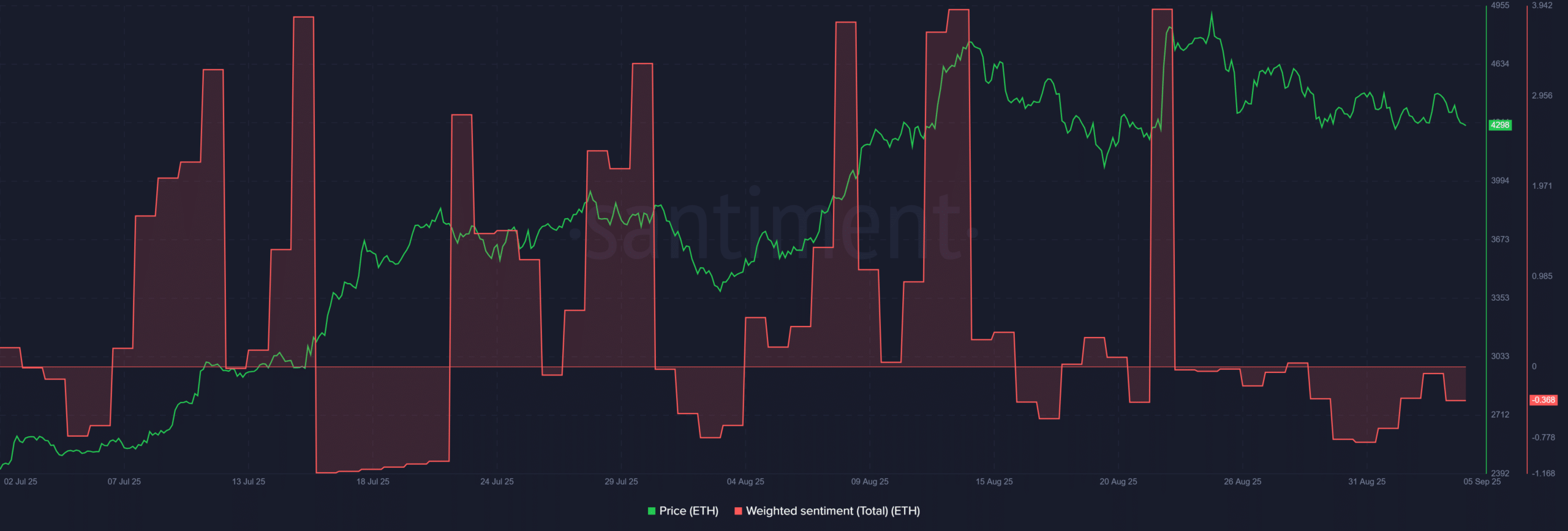Stripe Tempo is a payments-first Layer 1 blockchain built with Paradigm that uses stablecoins for gas, supports autonomous AI agent payments, and targets high-throughput financial rails; its L1 design could divert stablecoin payment flows away from Ethereum L2s.
-
Stripe Tempo will be a standalone Layer 1 optimized for stablecoin-denominated fees and high-volume payments.
-
Tempo supports tokenized deposits, remittances, microtransactions and autonomous agent payments.
-
Stripe positions Tempo for real-world scale; market reaction briefly nudged Ethereum sentiment lower (on-chain data providers report short-term volatility).
Stripe Tempo: new payments-first L1 using stablecoins for gas and AI-agent payments — read how it may reshape stablecoin rails and Ethereum L2 traction.
What is Stripe Tempo?
Stripe Tempo is a payments-first Layer 1 blockchain launched by Stripe in collaboration with Paradigm. It uses stablecoins for transaction fees, supports autonomous AI agent payments, and is engineered for high-throughput, low-latency financial applications such as global payouts, remittances and tokenized deposits.
How does Tempo differ from an Ethereum L2?
Tempo is a standalone L1 rather than an Ethereum L2. That means it does not inherit Ethereum’s settlement model or fee token economics; instead, fees are denominated in stablecoins to match fiat-native payment experiences. Stripe cites throughput and UX limits on current chains as reasons for choosing an L1.
Stripe CEO Patrick Collison described the network as “optimized for high-scale, real-world financial services applications.” He emphasized that denominating fees in fiat-referenced tokens is valuable for payments and easier for mainstream users.


Source: X
How will Tempo affect Ethereum L2s and stablecoin rails?
Tempo’s L1 design intentionally targets payment flows that currently route through stablecoins on existing chains. By enabling fees in stablecoins and optimizing for payments, Stripe aims to lower friction for merchants and users. The change could attract native stablecoin volume away from some Ethereum L2s that prioritize general-purpose smart contract activity.
Crypto investors and industry voices reacted quickly. Tushar Jain of Multicoin Capital described the news as “the beginning of the end for L2s,” while others said large holders and platforms building L1 solutions could reduce Ethereum’s role as the settlement hub for value.
What use cases is Tempo prioritizing?
Stripe lists payment acceptance, global payouts, remittances, microtransactions, tokenized deposits and agentic (AI) payments as core targets. The network also highlights partner integration as critical for bootstrapping liquidity and user onboarding.
Chuk Okpalugo, Product Lead at Paxos, called Tempo “one to watch” for its features and distribution potential, while noting coordination among partners will determine early adoption speed.
Market response: short-term sentiment indicators for Ethereum showed a modest decline after the announcement; on-chain analytics providers reported increased volatility in stablecoin flows the day of the reveal.


Source: Santiment
Frequently Asked Questions
Will Stripe Tempo replace Ethereum for payments?
Tempo targets payments and stablecoin flows with an L1 optimized for fiat-denominated fees, but replacing Ethereum across all use cases is unlikely. Ethereum remains a major settlement and DeFi hub; Tempo aims to capture payment-specific volume and merchant-focused flows.
How soon will Tempo be operational for merchants?
Stripe indicates partner integrations and network partners will determine launch timelines; industry observers expect pilot integrations and partner rollouts over the coming months rather than immediate mass adoption.
Key Takeaways
- Tempo is an L1 optimized for payments: Designed to use stablecoins for gas and reduce UX friction for merchants and users.
- It targets real-world financial rails: Priority use cases include payouts, remittances, tokenized deposits and agentic payments.
- Market dynamics may shift: Early reactions suggest Ethereum L2s could face increased competition for stablecoin-native payment volume.
Conclusion
Stripe’s Tempo signals a pragmatic, payments-first approach to onchain rails that prioritizes stablecoin fees and high throughput. While Ethereum remains central for DeFi and settlement, Tempo’s L1 architecture and Stripe’s distribution could redirect payment-centric stablecoin flows. Watch partner integrations and on-chain stablecoin volume as the next indicators of adoption.
Published: 2025-09-05 | Updated: 2025-09-05
